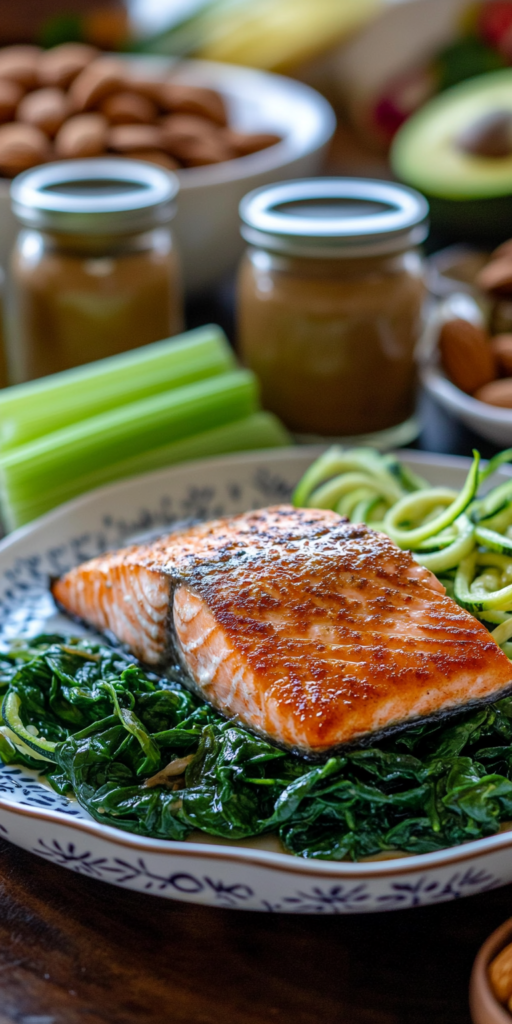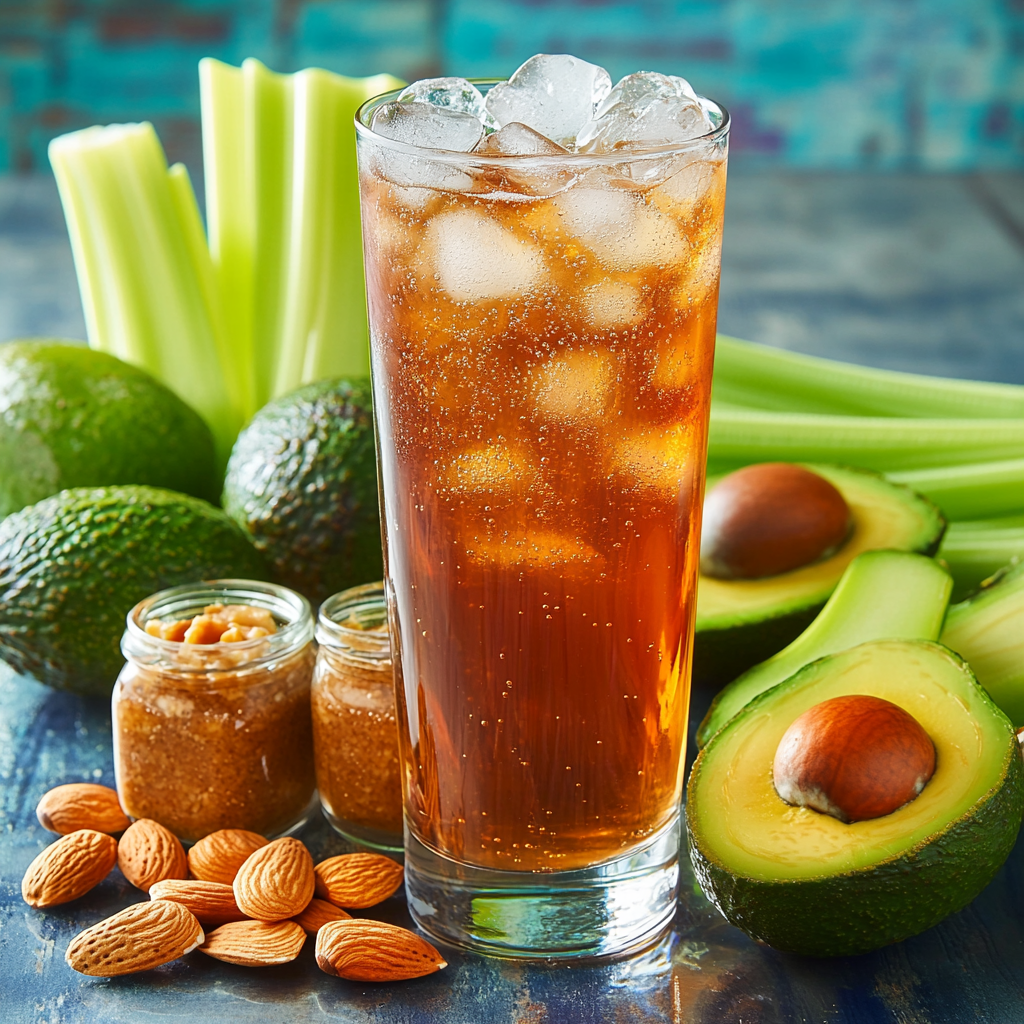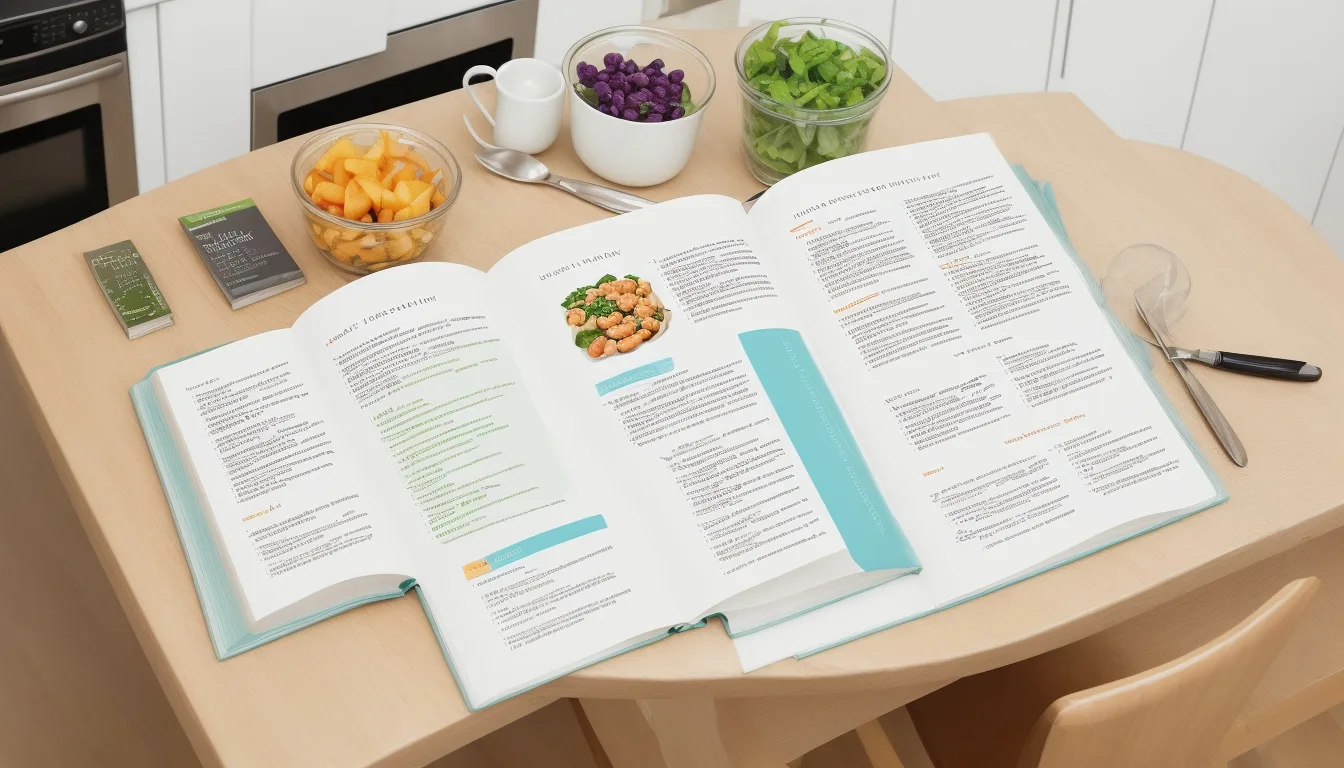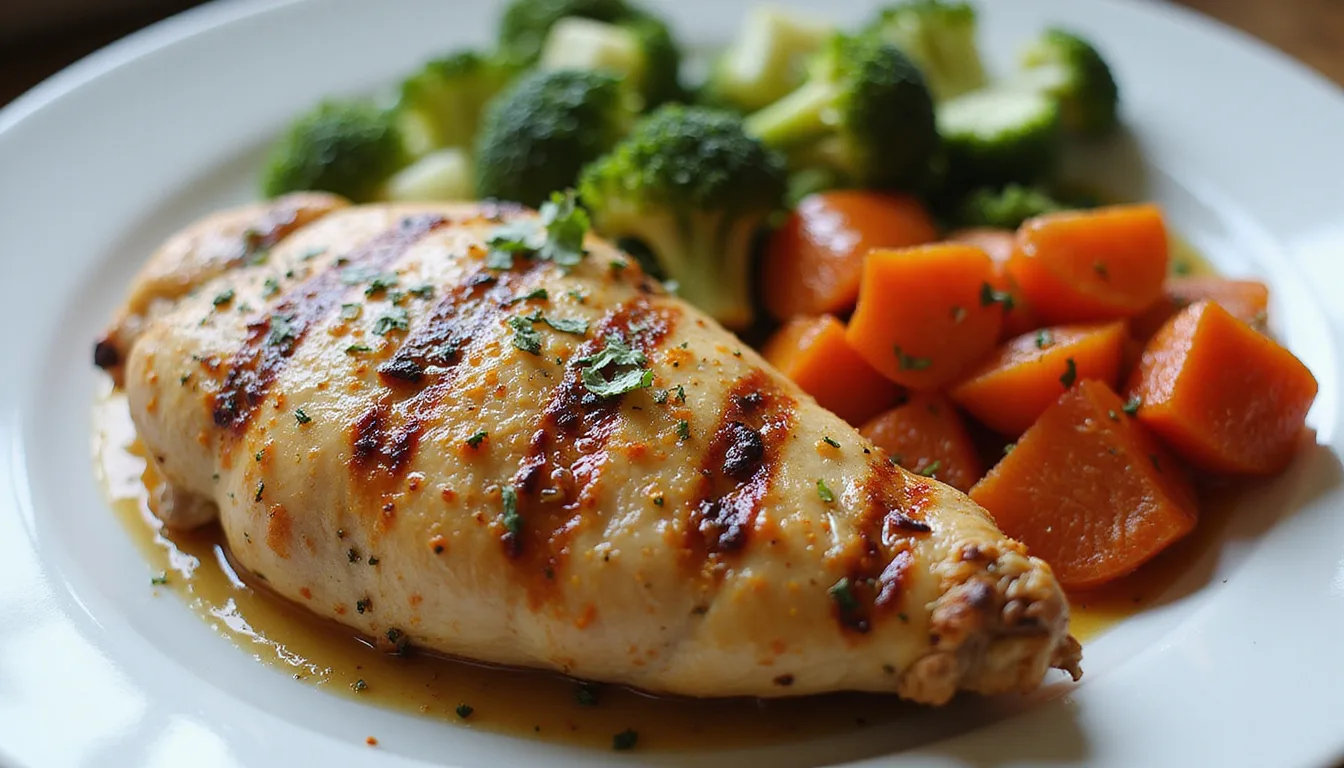
Ever had one of those days where you thought you were absolutely nailing your keto diet, only to realize, hours later, that you’ve unknowingly consumed a boatload of carbs? Yep, I’ve been there too (My big issue was coffee creamers. Lesson: read the nutrition labels ((more on that in a minute))! It’s like those hidden carbs were playing hide and seek in my snacks! If you’re anything like me, the shock of discovering carbs in unexpected places can feel like a betrayal. But don’t worry—I’m here to help you dodge those sneaky, carb-loaded landmines!
In this guide, we’ll tackle the elusive “hidden carbs,” the ones lurking in sauces, dressings, processed foods, and even your favorite beverages. You’ll get the know-how to outsmart them, learn how to read nutrition labels (without your eyes glazing over), and discover how to keep your carb intake low and steady while staying happily keto.
Understanding Hidden Carbs: The Problem-Solution Approach
We’ve all been there. You’re on day 3 of a strict keto diet and, feeling like a culinary genius, you whip up a beautiful salad. You add a drizzle of store-bought dressing and boom—hidden carbs! That tasty, innocent-looking dressing has 7 grams of sugar per serving! Multiply that by two servings, and suddenly you’ve consumed half of your daily carb allowance without even knowing it!
The problem with hidden carbs is that they’re often hidden in foods you’d never suspect, especially in prepackaged or processed items. This can be frustrating when you’re committed to staying in ketosis.
So, what’s the solution? It starts with becoming a nutrition-label detective.
How to Read Nutrition Labels for Carbohydrate Content
Now that we’re on the lookout for hidden carbs, let’s get up close and personal with those nutrition labels. They may seem daunting at first, but I promise you, once you know what to look for, they’ll be your new best friend on the keto diet.

The Formula for calculating NET CARBS is:
Total Carbs (TC) -MINUS- Dietary Fiber(DF) -MINUS- Sugar Alcohols (artificial sweeteners)(SA) =EQUALS= your NET CARBS.
Net Carbs are the only thing you need to track in order to succeed on this diet.
👈👆This example food label does NOT contain any artificial sweeteners, so you will not see any Sugar Alcohols. So, in this case, the formula for this label is TC – DF = NC.
Total Carbs: 46g
Dietary Fiber: 7g
TOTAL NET CARBS for this food item is 39 g.
If you are on a low-carb diet of say, only 20 or 30 grams a day, this food item, whatever it is, would wipe out your entire day’s allotment of carbs! 🫨🫨🫨
Key Sections to Watch for Hidden Carbs:
– Total Carbohydrates: This number includes all the carbs in the product, but it doesn’t always give the full story.
– Dietary Fiber: Fiber doesn’t raise blood sugar levels, so you can subtract it from the total carbs. This gives you the net carbs, which is the number keto folks care about.
– Sugars: Pay special attention to “Added Sugars.” These sneaky carbs can quickly throw you off track, even if the product is labeled as “healthy” or “low fat.”
– Sugar Alcohols: These are only taken into consideration if the food item contains Artificial Sweeteners. Sugar alcohols, commonly found in artificial sweeteners like erythritol, xylitol, and sorbitol, are popular in low-carb and keto diets because they provide sweetness without spiking blood sugar levels. Though technically carbohydrates, our bodies process sugar alcohols differently than regular sugars. Most sugar alcohols are only partially absorbed, meaning they have a minimal impact on blood glucose and insulin levels. This is why they are usually subtracted from the “Total Carbohydrates” count when calculating Net Carbs.
Not all sugar alcohols are created equal, though. For instance, erythritol has almost zero impact on blood sugar, so it’s entirely excluded from net carb calculations. Others, like maltitol, are partially absorbed and can have a mild effect on blood glucose, so they should be consumed more cautiously on a strict keto diet. Always check the type of sugar alcohol used to understand its impact on your net carb count.
Here is a link to a PDF from the FDA all about sugar alcohols: https://www.accessdata.fda.gov/scripts/InteractiveNutritionFactsLabel/assets/InteractiveNFL_SugarAlcohols_October2021.pdf
Another Food Nutrition Label example- Let’s say the label reads:
- – Total Carbohydrates: 10 grams
- – Dietary Fiber: 4 grams
- – Sugars: 2 grams (0 added)
To calculate net carbs, simply subtract the dietary fiber from the total carbohydrates:
– 10g Total Carbs – 4g Fiber = 6g Net Carbs
You’re in the clear for that food if it fits into your daily limit! Check out the SavvyKeto Macronutrients Calculator to further help you customize your daily intake.
When using the SavvyKeto Macros calculator, input your weight, height, gender, age, gender and activity level. It will then tell you exactly how much fat, protein, and carbs you should consume per day to stay in ketosis.
Calculating Macronutrients: Why It Matters
While carbs are the focus, keeping track of your other macronutrients—fats and proteins—is equally important on the keto diet. Balancing these ensures that your body stays in ketosis, burning fat for fuel instead of carbs. Use the nutrition label to calculate how much fat and protein you’re consuming, and don’t forget to include this in your overall daily goals.
A Typical Keto Day: Sample Menu with Under 25g of Carbs
To give you a clear idea of what a low-carb, high-fat day on keto might look like, here’s a sample menu that stays well within the 25g carb limit.
Breakfast:
- – 2 eggs scrambled with cheese and cooked in butter (1g net carbs)
- – 1 slice of avocado (2g net carbs)
- – Black coffee or tea (0g net carbs)
*A note about coffee creamers… they were MY hidden carb minefield!
Lunch:
- – Grilled chicken salad with leafy greens, cucumber, and a homemade olive oil and lemon dressing (4g net carbs)
- – Small handful of almonds (3g net carbs)
Dinner:
- – Salmon fillet cooked in coconut oil with a side of sautéed spinach (5g net carbs)
- – Zucchini noodles tossed with pesto sauce (3g net carbs)
Snack:
- – 2 tablespoons of almond butter (4g net carbs)
- – A few celery sticks (1g net carbs)
Total Net Carbs for the Day: 23g

This menu keeps your carb count low while still being satisfying and full of healthy fats to fuel your body through the day. And as you can see, it’s easy to sneak up on that 25g limit, which is why avoiding hidden carbs is key.
Tips for Avoiding Hidden Carbs
So, how do you avoid hidden carbs in the first place? Let me share a few tips and tricks that have worked for me—and for countless others navigating the keto lifestyle.
1. Read Labels Religiously
You’d be surprised where carbs like to hide. Even foods labeled “keto-friendly” can have hidden sugars or starches. When in doubt, always read the nutrition label. Watch out for ingredients like maltodextrin, dextrose, and corn syrup—they’re notorious for adding sneaky sugars that can derail your progress.
2. Watch Out for Sauces and Condiments
It’s easy to assume that sauces are safe, right? I mean, you only sprinkled a scant teaspoon worth, maybe? Well, even that small amount can derail your keto progress. Many, especially store-bought versions, are packed with sugar. Ketchup, barbecue sauce, and even salad dressings can contain more sugar than you think. Opt for homemade versions when possible, or choose brands that are specifically low in carbs and sugars.
3. Be Wary of “Low-Fat” Products
Many low-fat products are marketed as healthier, but when they take the fat out, they often replace it with sugar or starch. Always go for full-fat versions when you can—it’s more keto-friendly because it will help you feel fuller for longer periods of time. And it tastes better too!
4. Don’t Forget About Beverages
Drinks are often a hidden carb trap. Many juices, flavored waters, and even some seemingly “healthy” smoothies can pack in a lot of sugar. Stick to water, unsweetened tea, or coffee with a splash of heavy cream to keep carbs low.
Wrapping It Up: Keto is Easier When You Outsmart Hidden Carbs

The good news? You don’t have to let hidden carbs sabotage your keto progress. With a bit of detective work (and by reading those labels like a pro), you’ll be well on your way to avoiding the most common pitfalls. Staying mindful of sauces, condiments, and processed foods will help you keep your carb intake in check, while still enjoying delicious, satisfying meals.
Keto might seem challenging at first, but once you get the hang of spotting hidden carbs, it becomes second nature. So, let’s raise a glass of unsweetened iced tea and toast to outsmarting those sneaky carbs—and enjoying every bite along the way!

Remember, You Got This!
~~~~~~~~





One thought on “Avoiding Hidden Carbs On The Keto Diet”